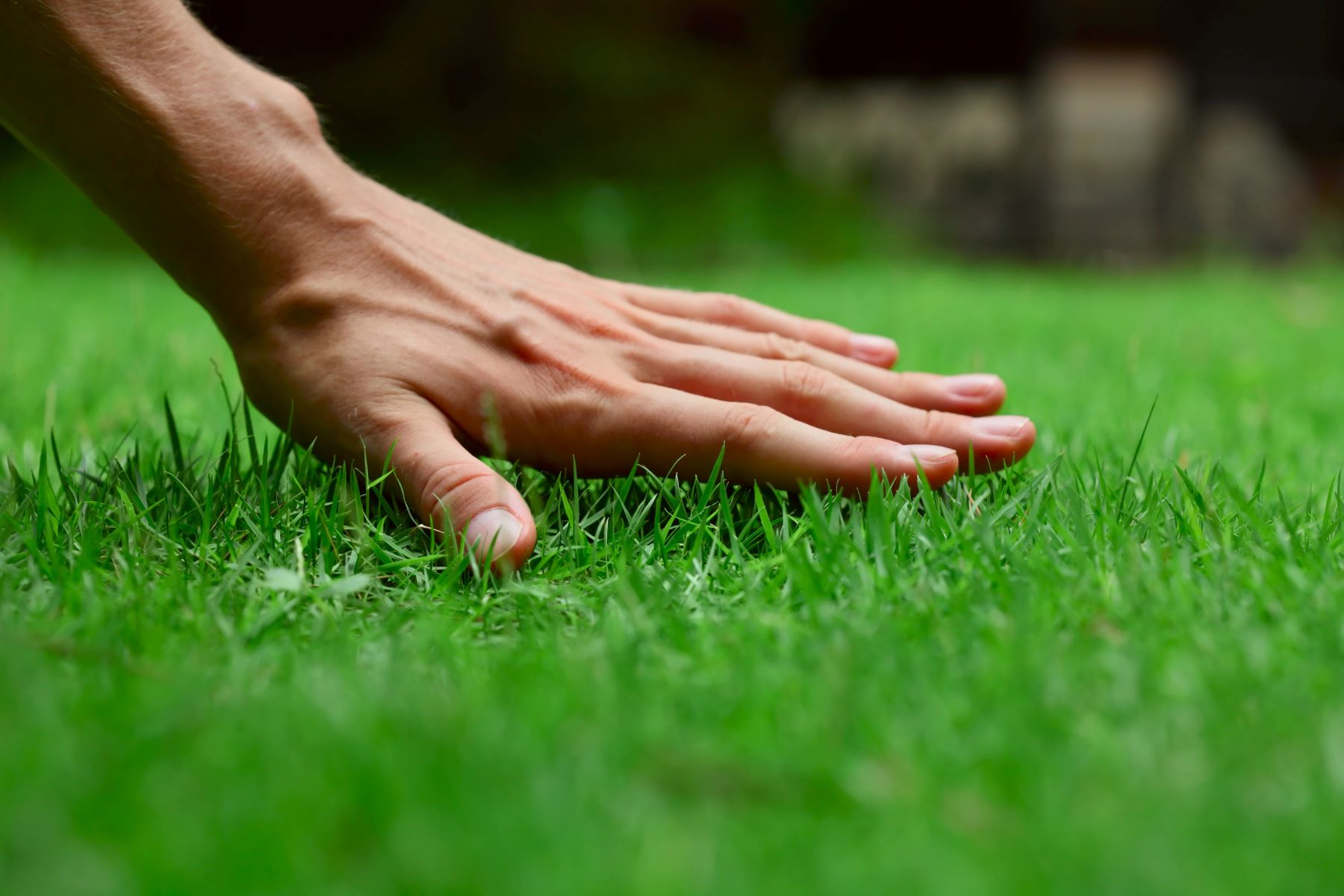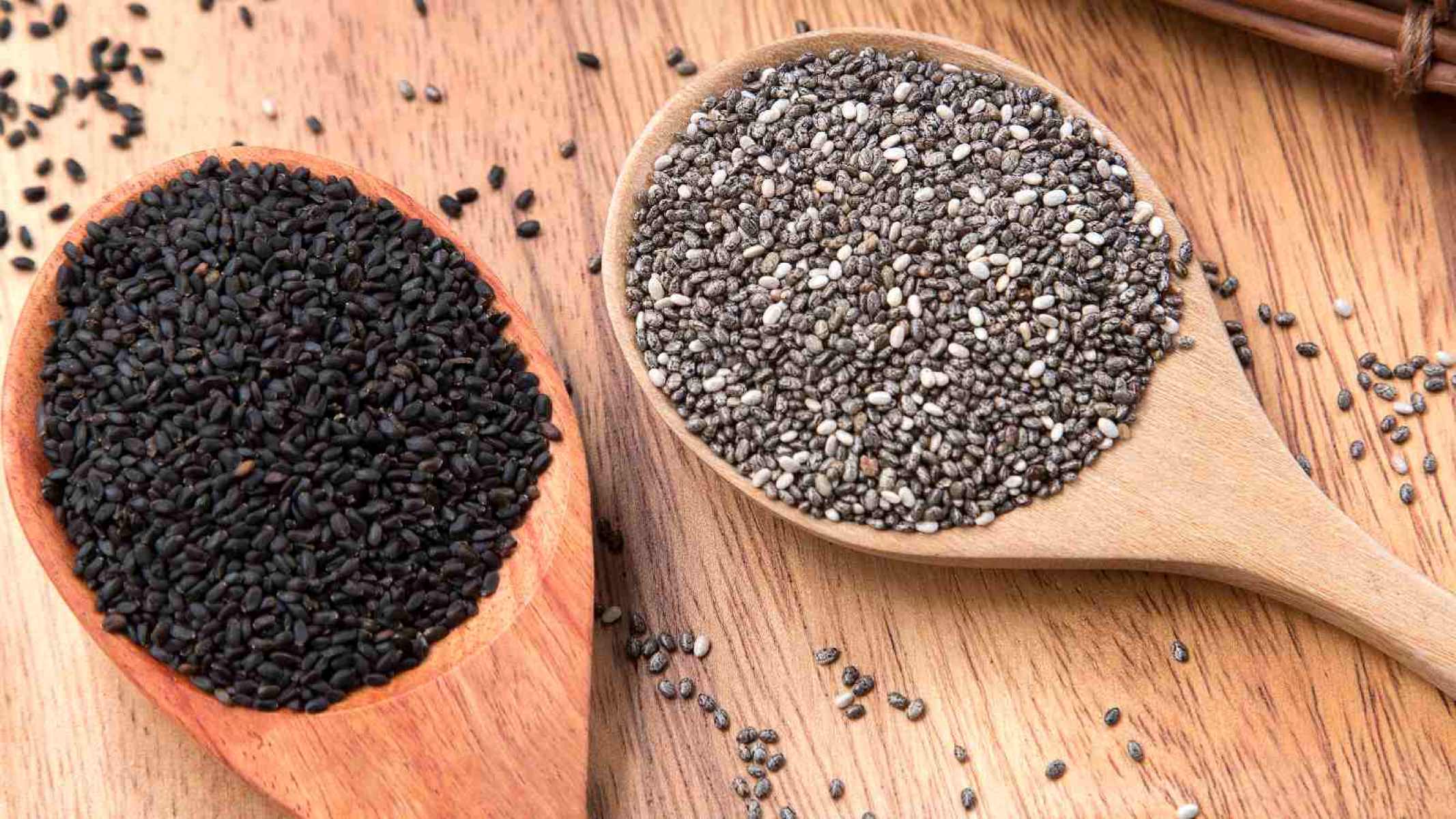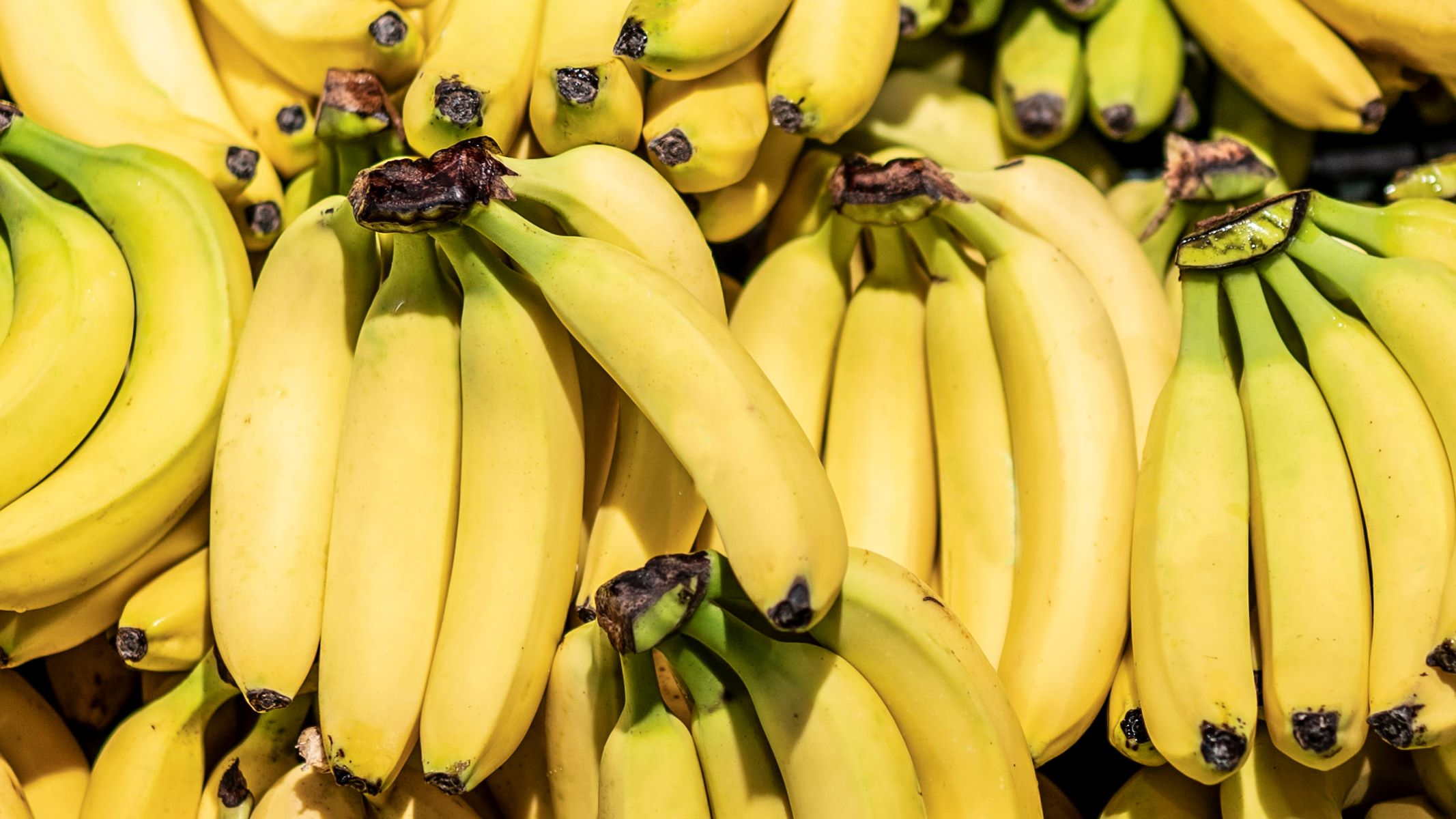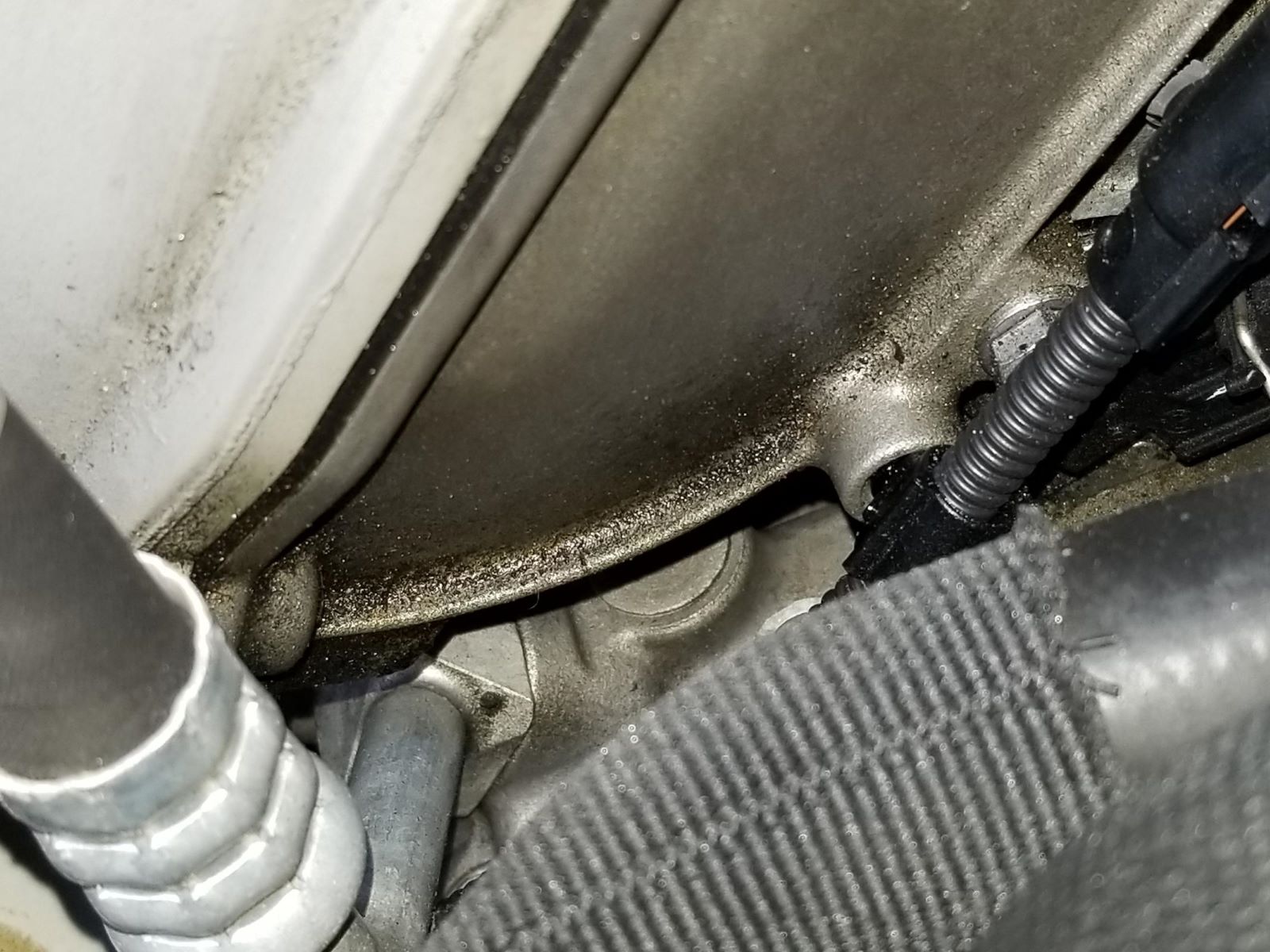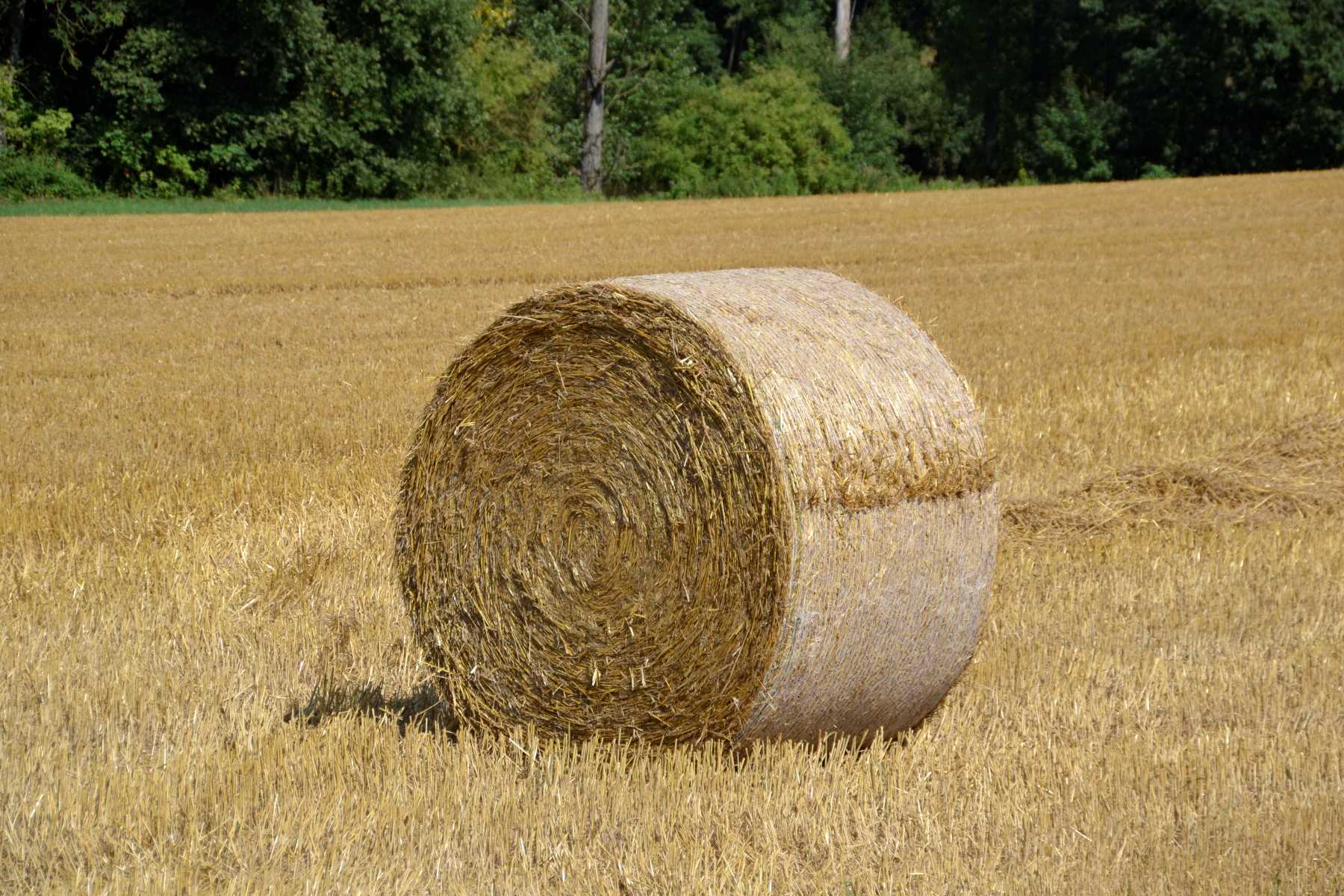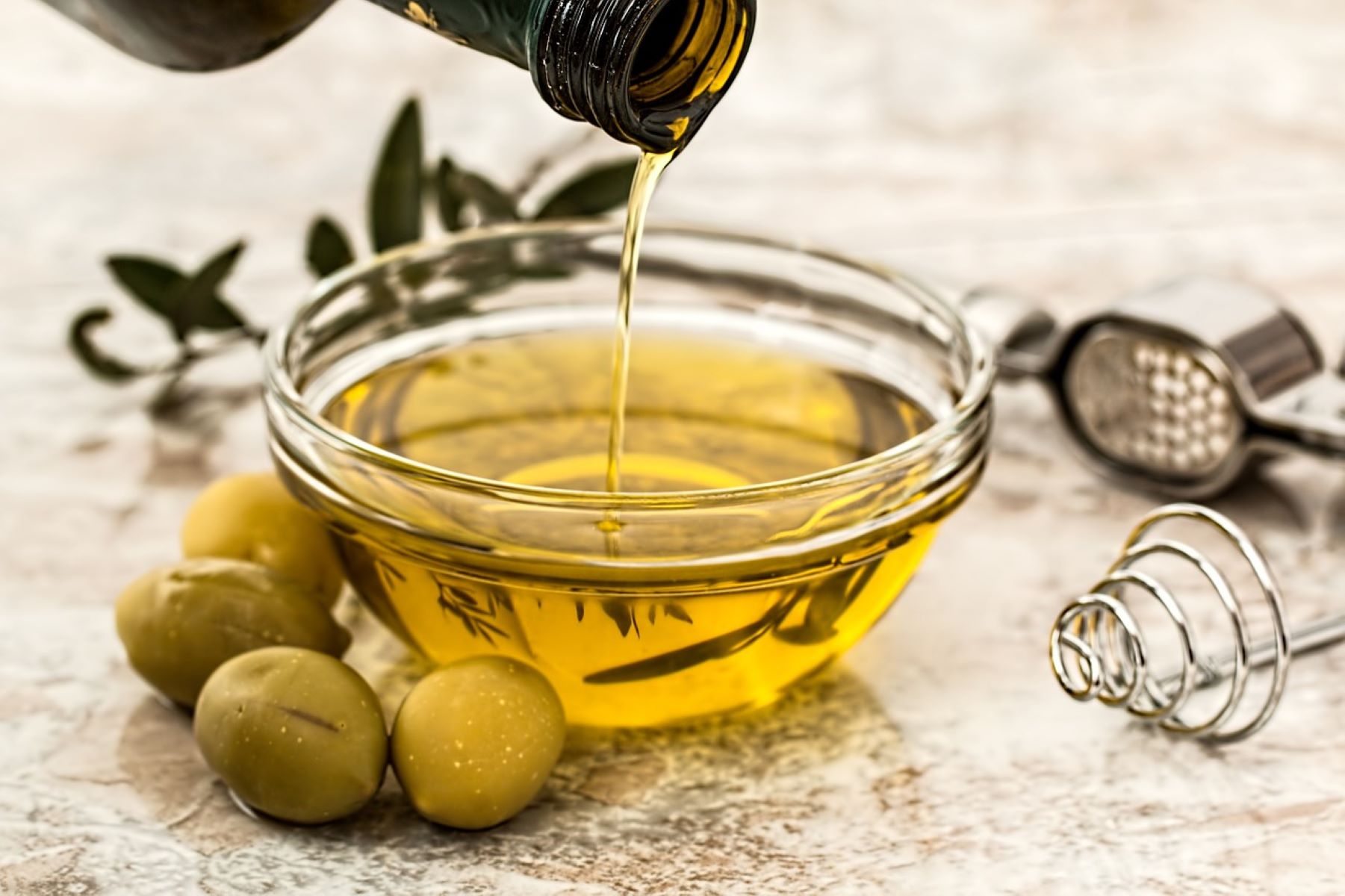Home>Home and Garden>The Surprising Truth About Using Hay To Cover Grass Seed
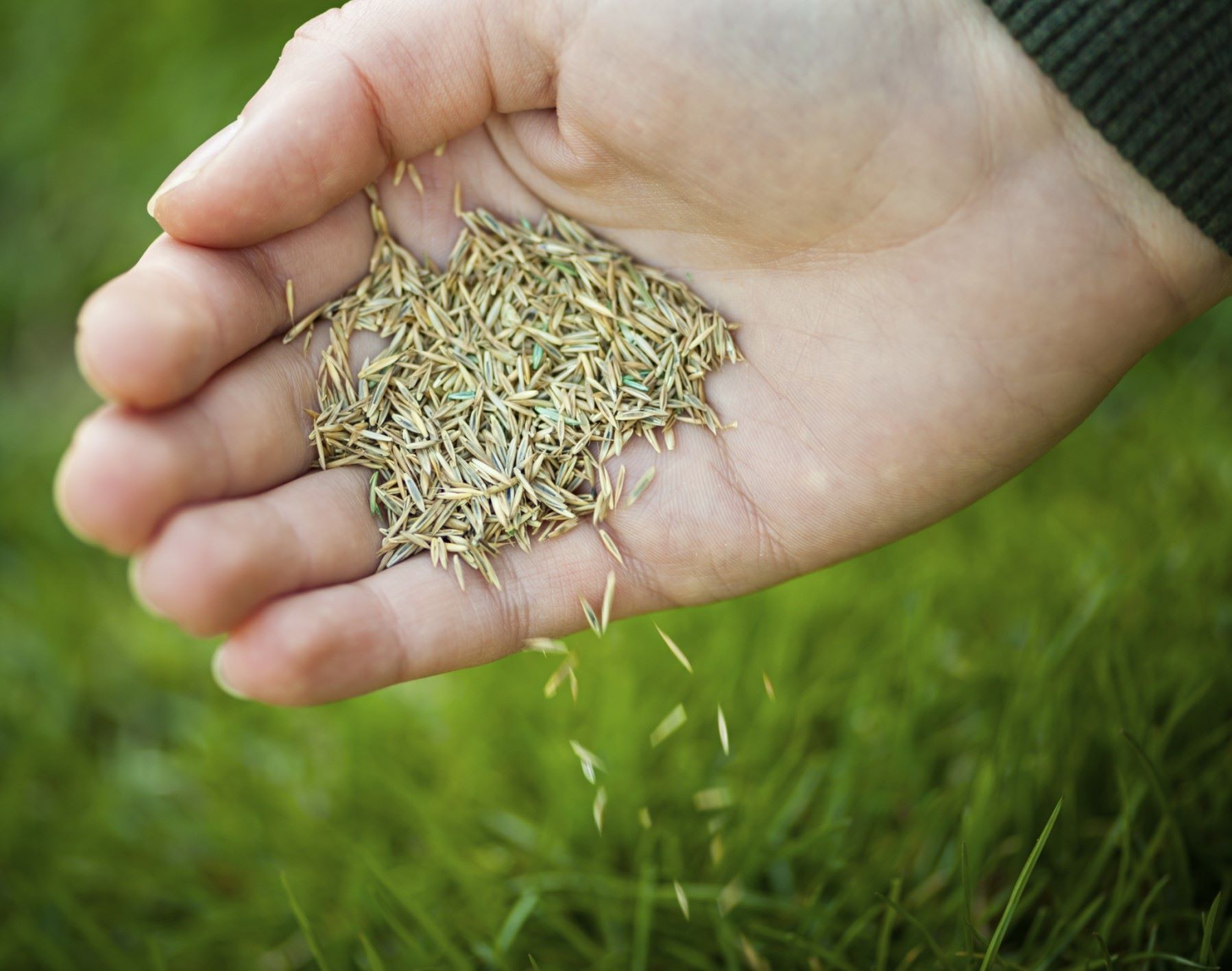

Home and Garden
The Surprising Truth About Using Hay To Cover Grass Seed
Published: January 9, 2024
Discover the surprising benefits of using hay to cover grass seed in your home and garden. Learn how this simple technique can help you achieve a lush, healthy lawn.
(Many of the links in this article redirect to a specific reviewed product. Your purchase of these products through affiliate links helps to generate commission for Regretless.com, at no extra cost. Learn more)
Table of Contents
Introduction
When it comes to nurturing a lush and vibrant lawn, the process of planting grass seed is a crucial step that demands careful consideration. One method that has gained attention in the realm of lawn care is using hay to cover grass seed. This approach, often regarded as a traditional practice, has sparked debates among gardening enthusiasts and homeowners alike. While some hail it as a cost-effective and eco-friendly solution, others caution against potential downsides that may impact the overall success of the grass seed germination process.
In this comprehensive guide, we will delve into the surprising truths surrounding the use of hay as a covering for grass seed. By examining the benefits, drawbacks, and best practices associated with this method, you will gain valuable insights to make informed decisions for your lawn care endeavors. So, let's embark on this journey to uncover the mysteries and realities of utilizing hay to nurture your upcoming green oasis.
Benefits of Using Hay to Cover Grass Seed
-
Moisture Retention: Hay serves as a protective barrier that helps retain moisture around the grass seed. This can be especially beneficial in arid or windy conditions where the soil tends to dry out quickly. By preserving the moisture levels, hay creates an optimal environment for seed germination, fostering healthy growth from the outset.
-
Protection from Erosion: One of the primary advantages of using hay as a cover for grass seed is its ability to safeguard the soil from erosion. The layer of hay acts as a shield, preventing the topsoil from being displaced by wind or water. This is particularly valuable on sloped areas or in regions prone to heavy rainfall, where erosion poses a significant threat to newly planted seeds.
-
Weed Suppression: When spread evenly over the seeded area, hay can inhibit the growth of weeds by blocking sunlight and impeding their germination. This natural weed-suppressing quality reduces competition for nutrients and space, allowing the grass seedlings to establish themselves without undue interference.
-
Temperature Regulation: Hay coverings can help moderate soil temperatures, shielding the grass seed from extreme heat or cold. This insulation effect can promote more consistent and favorable conditions for germination, ultimately supporting the development of a resilient and thriving grass cover.
-
Cost-Effectiveness: Using hay as a covering material is often a cost-effective approach compared to alternative options. It is readily available in many regions and can be obtained at a relatively low cost, making it an attractive choice for budget-conscious gardeners and homeowners.
-
Eco-Friendly Solution: Opting for hay to cover grass seed aligns with eco-friendly practices, as it minimizes the need for synthetic materials and chemical treatments. This natural approach contributes to sustainable landscaping and reduces the environmental impact associated with lawn care activities.
-
Enhanced Aesthetic Appeal: Beyond its functional benefits, a layer of hay can impart a visually appealing, rustic charm to the seeded area. This can be particularly appealing in rural or naturalistic landscaping designs, adding a touch of bucolic allure to the overall aesthetic of the lawn.
Incorporating hay as a covering for grass seed offers a range of advantages that cater to the needs of both the seeds and the environment. However, it is essential to consider potential drawbacks and adopt best practices to ensure optimal results. Let's explore the potential drawbacks in the next section.
Drawbacks of Using Hay to Cover Grass Seed
While using hay as a covering for grass seed offers several benefits, it is important to acknowledge the potential drawbacks associated with this method. Understanding these limitations can help in making informed decisions and implementing appropriate strategies to mitigate any adverse effects.
-
Weed Seed Contamination: Hay, especially if not thoroughly processed or sourced from uncertified suppliers, may contain weed seeds. When used as a cover for grass seed, this can introduce unwanted weed species to the seeded area, leading to competition for resources and potentially undermining the growth of the desired grass.
-
Nutrient Blockage: In some cases, a dense layer of hay can impede the penetration of essential nutrients, such as sunlight, air, and water, to the underlying soil and grass seed. This can hinder the germination and early growth stages of the grass, impacting its overall vitality and resilience.
-
Potential for Mold and Fungal Growth: Hay, particularly if not properly cured or stored, can harbor moisture and create an environment conducive to mold and fungal growth. This can pose a risk to the health of the grass seedlings, potentially leading to disease and stunted growth.
-
Attractant for Pests: The presence of hay can attract pests such as rodents and insects, which may disturb the seeded area and pose a threat to the germinating grass seeds. This can result in damage to the emerging seedlings and compromise the establishment of a healthy grass cover.
-
Aesthetic Considerations: While some may appreciate the rustic appeal of a hay-covered seeded area, others may find it visually unappealing, especially in more formal or manicured landscapes. The presence of hay may not align with the desired aesthetic of the lawn, prompting the need for additional aesthetic interventions.
-
Fire Hazard: In dry and hot conditions, a layer of hay can pose a fire hazard, especially in regions prone to wildfires. The combustible nature of hay raises safety concerns, necessitating careful consideration of the fire risk associated with using it as a covering for grass seed.
Understanding these drawbacks empowers homeowners and gardeners to make informed choices when considering the use of hay as a cover for grass seed. By implementing best practices, the potential negative impacts can be mitigated, allowing the benefits of this method to be maximized effectively. Let's explore these best practices in the following section.
Best Practices for Using Hay to Cover Grass Seed
To harness the benefits of using hay as a covering for grass seed while mitigating potential drawbacks, it is essential to adhere to best practices that optimize the effectiveness of this method. By following these guidelines, homeowners and gardeners can maximize the success of grass seed germination and establishment while minimizing the risk of adverse outcomes.
-
Quality Assurance: Prioritize obtaining high-quality hay from reputable sources. Opt for certified weed-free hay to minimize the risk of introducing unwanted weed seeds to the seeded area. Ensuring that the hay is free from contaminants and of good quality sets the foundation for a successful grass seed planting endeavor.
-
Even Distribution: When applying hay as a covering, ensure an even and moderate distribution over the seeded area. Avoid creating excessively thick layers, as this can impede essential air, water, and sunlight penetration. A uniform covering allows for adequate contact between the grass seed and the soil, facilitating optimal conditions for germination.
-
Adequate Seed Contact: Before applying the hay, ensure that the grass seed is in direct contact with the soil. This promotes better seed-to-soil contact, which is crucial for successful germination. The hay should serve as a protective layer while still allowing the seeds to establish direct contact with the soil for optimal growth.
-
Monitoring Moisture Levels: Regularly monitor the moisture levels beneath the hay covering. While hay helps retain moisture, excessive moisture can lead to mold and fungal growth. Adjust the watering frequency as needed to maintain a balanced moisture level, promoting healthy seed germination without creating a damp environment conducive to fungal issues.
-
Timely Removal: Once the grass seedlings have emerged and established a significant growth, consider timely removal of the hay covering. This allows the young grass to receive ample sunlight and access essential nutrients without obstruction. Carefully lift and remove the hay to avoid disturbing the emerging seedlings.
-
Fire Safety Precautions: In regions prone to dry and hot conditions, assess the fire risk associated with using hay as a covering. Take necessary precautions to minimize the potential fire hazard, such as ensuring proper hydration of the surrounding area and complying with local fire safety regulations.
By adhering to these best practices, homeowners and gardeners can harness the benefits of using hay as a covering for grass seed while proactively addressing potential challenges. This approach fosters an environment conducive to successful grass seed germination and establishment, paving the way for a thriving and verdant lawn.
This section provides detailed insights into the best practices for utilizing hay as a covering for grass seed, offering practical guidance for optimizing the outcomes of this method.
Conclusion
In conclusion, the utilization of hay as a covering for grass seed presents a versatile and eco-friendly approach to promoting successful seed germination and establishing a healthy lawn. Despite the potential drawbacks associated with this method, the benefits and best practices outlined in this guide offer valuable insights for homeowners and gardeners seeking to optimize their grass planting endeavors.
By harnessing the moisture retention, erosion protection, and weed-suppressing qualities of hay, individuals can create an environment conducive to robust grass seed germination. The cost-effectiveness and eco-friendly nature of using hay align with sustainable landscaping practices, appealing to those seeking environmentally conscious solutions for lawn care.
However, it is crucial to approach the use of hay with careful consideration of potential challenges such as weed seed contamination, nutrient blockage, and the risk of mold and fungal growth. Adhering to best practices, including quality assurance, even distribution, and monitoring moisture levels, empowers individuals to mitigate these challenges and maximize the benefits of using hay as a covering for grass seed.
As with any lawn care method, understanding the unique characteristics of the local environment and implementing tailored strategies is essential for success. By staying mindful of fire safety precautions in regions prone to wildfires and ensuring timely removal of the hay covering, homeowners and gardeners can navigate potential risks effectively.
Ultimately, the decision to use hay as a covering for grass seed should be informed by a balanced assessment of its benefits and drawbacks, along with a commitment to implementing best practices. This approach equips individuals with the knowledge and tools to create an optimal environment for grass seed germination, fostering the growth of a lush and resilient lawn.
In the realm of lawn care, the use of hay as a covering for grass seed stands as a testament to the ingenuity and resourcefulness of individuals dedicated to nurturing vibrant and sustainable landscapes. By embracing the surprising truths and practical considerations surrounding this method, homeowners and gardeners can embark on their grass planting journey with confidence, knowing that they are equipped with the insights needed to cultivate thriving green spaces.
